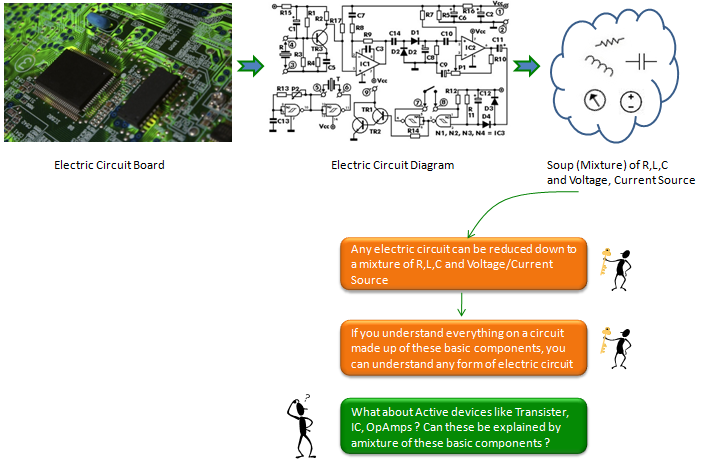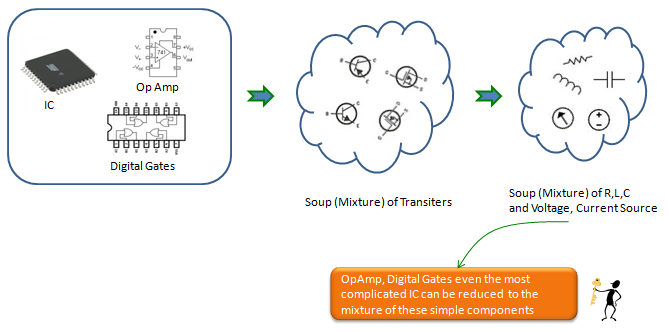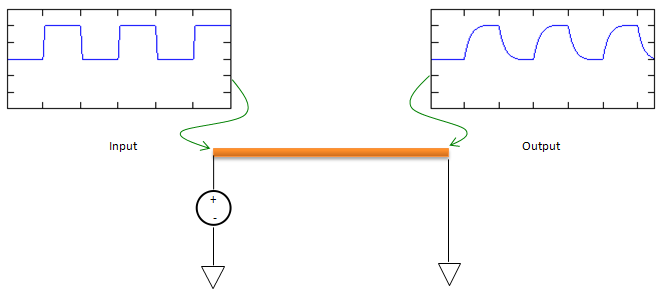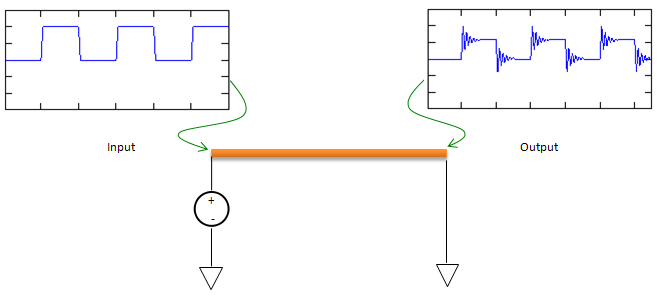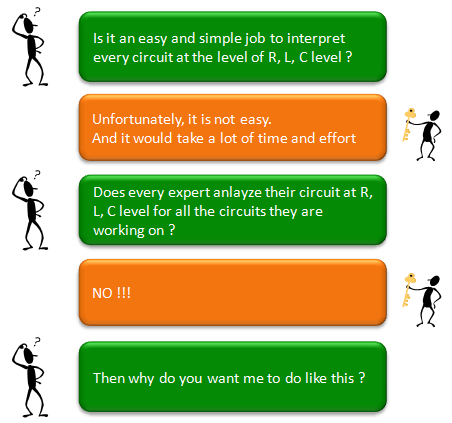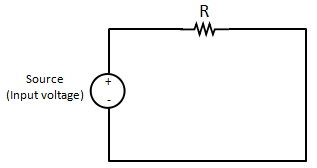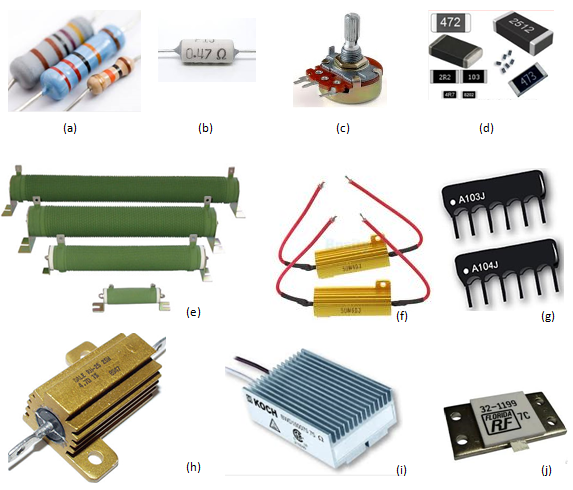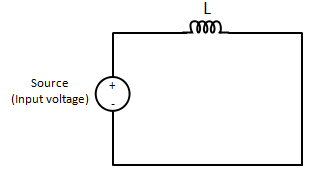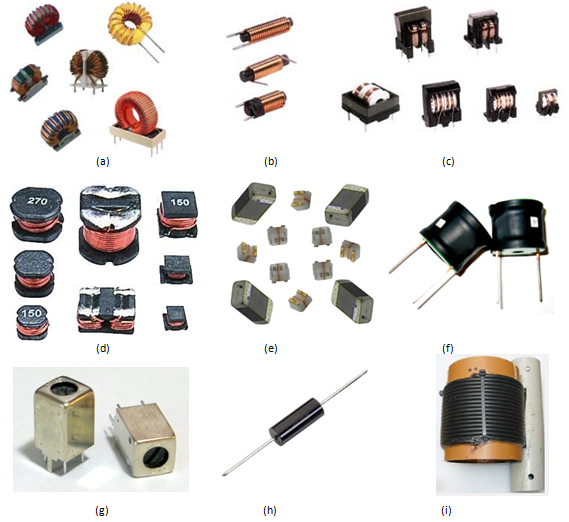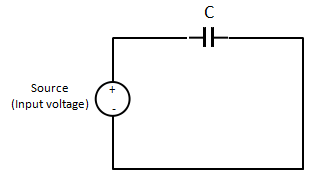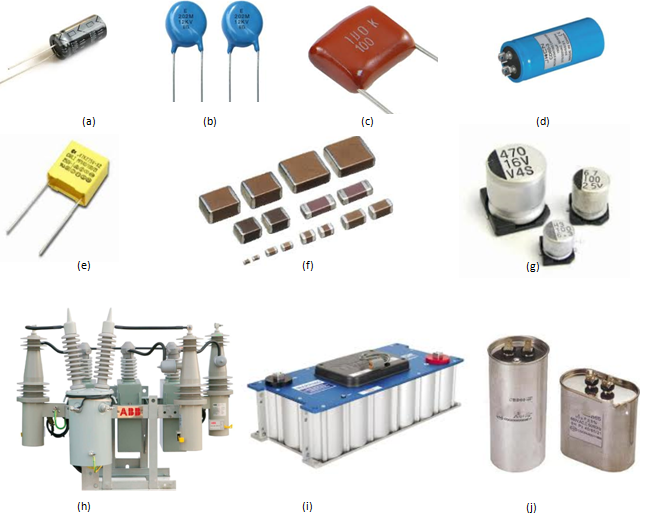|
Electronics |
||
|
R,L,C
Before I talk on details of R,L,C, let's start with a couple of questions that most of you would have. (At least these has still been a big questions to me).
There may be two factors for the first question. It may be because we just learned from the text book but not much hands-on or may be because I have just been scratching the surface and never got down to the real nature of these components. If we compare these component to vacabularies in our language, I've just memorize the definition of the vocabularies in a very dry format as we see in the dictionary.. but never tried to write our own essay, novel, poem myself.
About the second question, let me explain in following section.
Why we still need to study R, L, C ?
Let me phrase the question again.
These days most of electronic products went on digital. If you open up any commercial product, they are mostly covered with a lot of black/flat chips. It is not easy to find R,L,C any more. Then why we still have to spend a lot of time and effort on studying these ?
One of the possible answers can be illustrated as follows. This says "Even though we don't see many of R, L, Cs directly from the hardware, most of those hardware components can be modeled, analyzed in terms of those basic components".
The illustration show above would give you another question at the last step. It says "I think I can understand I can model a lot of blocks with using R,L,C. But what about the active devices like Transister, OpAmps or IC ?". R, L, C are by nature passive components. Can we model an active components (e.g, Transistor, ICs) using these passive components ? May be not if you use only R,L,C but possible if you introduce a couple of additional components like 'Control Current Source' and 'Controlled Voltage Source'. R,L,C with these additional component can model most of the active components as illustrated below.
There is another reason why need to have deep understanding on R,L,C. As I said at the beginning, if you open up high end electronic product (e.g, Mobile phone), you wouldn't see many of R,L,C components soldered on top of the board. But in some specific mode of operation, you would start seeing some side effect which can be modeled in the form of R,L,C circuit. For example, even when you have only have a simple trace line on PCB and put pulsed input (like Clock) with high frequency, you may have the output as shown below. (In the first output, you would see the signal smeared out and in the second example you see a signal with rining around rising and falling edges). Actually this kind of side effect is caused by R, L, C which is not wanted. This kind of unwanted side effect is called Parasitic and large portions of these parasitic effect can be modeled in R,L,C. One of the most important design and implementation of high speed clock digital application is to remove these side effect. Simply put, you would never be able to avoid dealing with R,L,C even though you think you totally removed them as discrete component.
Now you may say "OK.. I think you are saying similar to what my professor say" and then come out with following questions.
Unfortunately the answer to both of these questions are 'No'.
Then why do you want me to do like this ? I know it is not easy to do it and not everybody do this every day, but it doesn't mean that you don't have to do it.
You may have the similar questions when you were sitting in the math class saying "Why do we have to learn all these strange and seeminly useless things ?". How do you feel about it now after being an engineer and working in the area for several years ? Do you think all of what we spent in your math class has just been a waste of time ? I know we don't use exactly same thing that I have learned in the math class in my everyday life. But I cannot deny that the 'logic' that I have learned in the class realy helps me in every day life.
I know there has been a lot of things that should be changed and imporved in classroom lecture, but we should not say it is useless just because the classroom lecture is boring.
I strongly recommend you to see the following lecture. I think this lecture has almost everything that we have to know in electrical engineering. If you can understand the real meaning/implications of this lecture, you may need to study any further.. but reality is not as simple as it sounds. You may need to go through the full course (even several times) to really understand the first one or two lectures of this course linked below.
< Ideal Resistor >
Behavior : impede the current flow Property : i) Does not change depending on input type (DC vs AC) ii) Does not change depending on input frequency iii) Does not change depending on input range iv) Does not change depending on temperature
< Real Resistor >
Behavior : impede the current flow Property : i) Does not change depending on input type (DC vs AC) ii) May change depending on input frequency iii) May change depending on input range iv) Change depending on temperature
< Types of Resistors >
< Ideal Inductor >
Behavior : i) resists "changes in electric current" ii) resists 'Non Changing Current (e.g, DC)' and Resist 'changing Current (e.g, AC)' iii) stores 'change of current' in the form of magnetic energy
Properties : i) Does not dissipate the energy
< Real Inductor >
Behavior : i) resists "changes in electric current" ii) resists 'Non Changing Current (e.g, DC)' and Resist 'changing Current (e.g, AC)' iii) stores 'change of current' in the form of magnetic energy
Properties : i) Does not dissipate the energy. ii) May have parasitic resistance. iii) May have parasitic capacitance. As frequency goes higher, this parasitic capacitance goes higher and cause self resonance at a certain frequency. After the resonance frequency, the parasitic capacitance would dominate.
< Type of Inductor >
< Ideal Capacitor >
Behavior : i) Store electric charge ii) Pass 'Changing Voltage (e.g, AC)' and block 'Non changing Voltage (e.g, DC)'
Properties : i) Does not dissipate the power (Store the engergy 100%).
< Real Capacitor >
Behavior : i) Store electric charge ii) Pass 'Changing Voltage (e.g, AC)' and block 'Non changing Voltage (e.g, DC)'
Properties : i) Does not dissipate the power (Store the engergy 100%). ii) May have parasitic resistance.
< Type of Capacitor >
|
||
